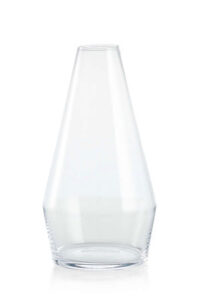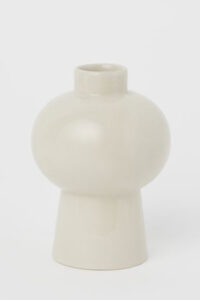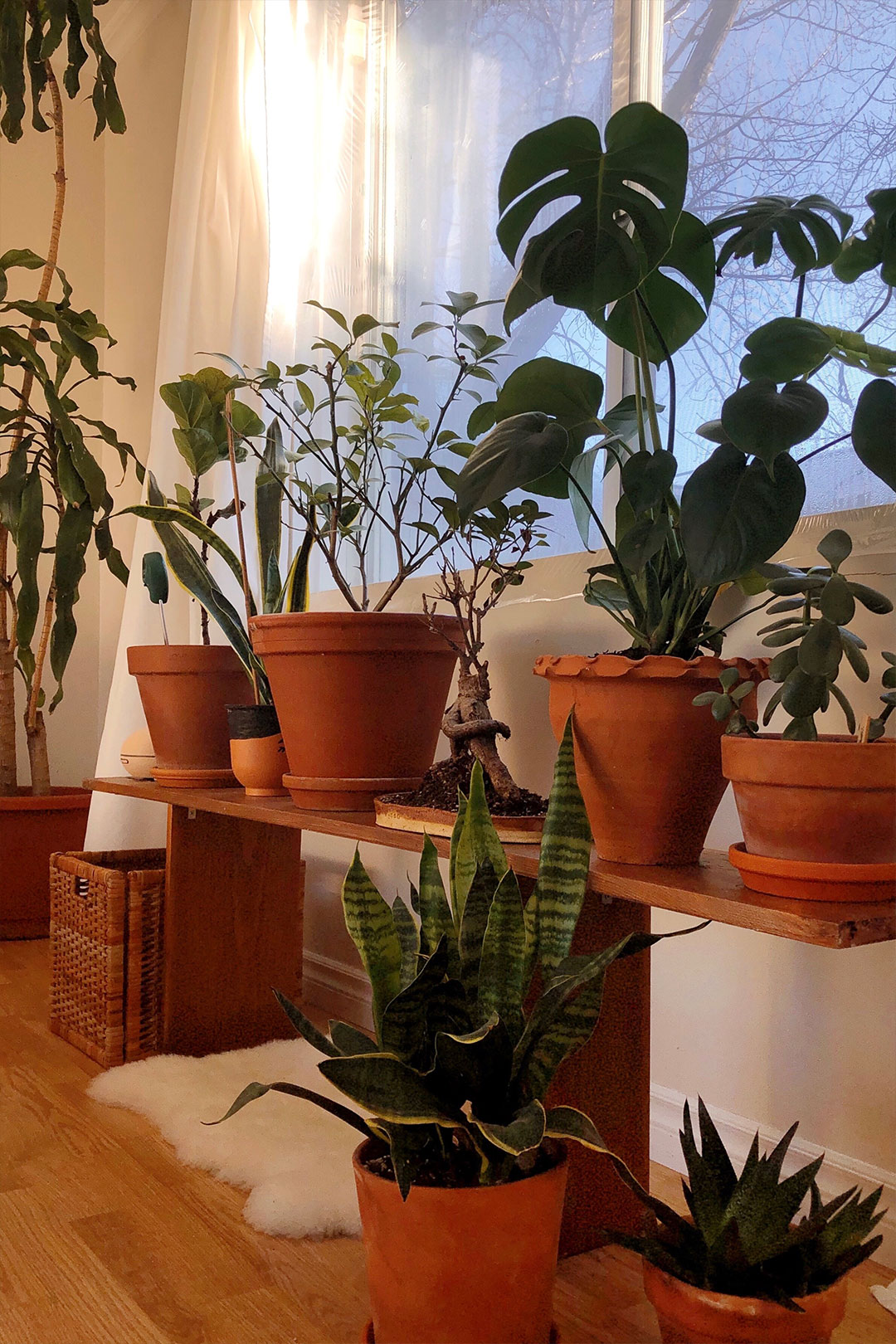I love decorating with pampas grass and have some stems around the apartment. However, they can be hard to source at times and come at a higher price point, so I was excited to try this affordable alternative. Ultimately, I just couldn’t help but develop a soft spot for the darker-brown tones of the phragmites reeds and the earthy feel that they bring into a room. It’s also nice to know where they come from and be reminded of the day they were picked from the fields.
1. Forage the reeds.
When you find a fluffy-looking bunch of reeds, cut the stem a few inches longer than your desired length. Phragmites dry over the fall, so by the time I picked mine in winter, it was easy enough to do it with my hands. You might need a sharper tool for other seasons.
Shake each reed well and check they don’t have any little bugs before putting them in your bag.
2. Dry the reeds.
Separate the reeds in small bunches (two or three reeds per bunch) and tie the stems with a rubber band. Hang them upside down in a warm, dry and well-ventilated area of your house for two to three weeks.
Again, phragmites dry over the fall so you could skip this step if you pick them after this season and they look dry enough.
3. Spray the plumes.
Once the phragmites have dried, spray each plume with hair spray to avoid shedding and make them last longer.
4. Trim the stem.
Choose the vase that you would like to use for this project and start styling your reeds by trimming the stems to the desired length.
If you are looking for a vase, I have included some options below. You can also use an amber glass bottle from a drink (here’s how to get rid of those sticky tags) or peep the tutorial on how to revamp your old vases.
xx
Marcie































0 Comments